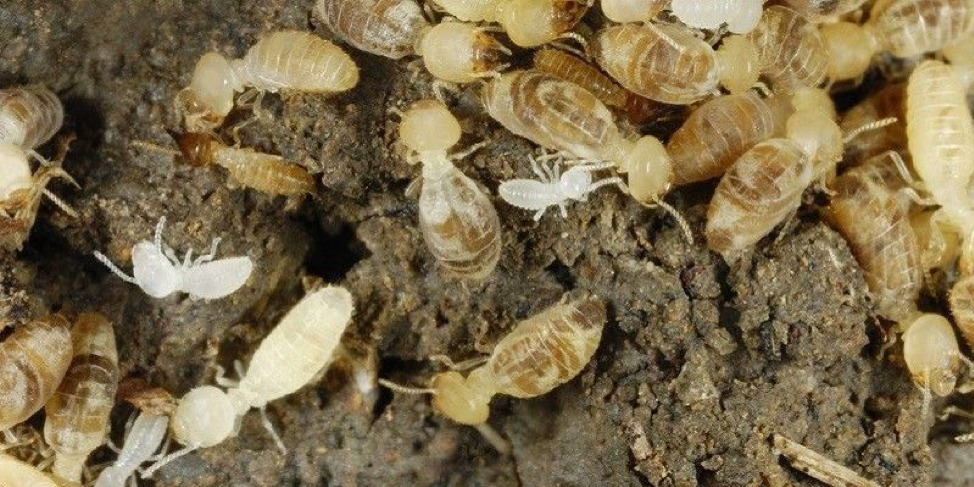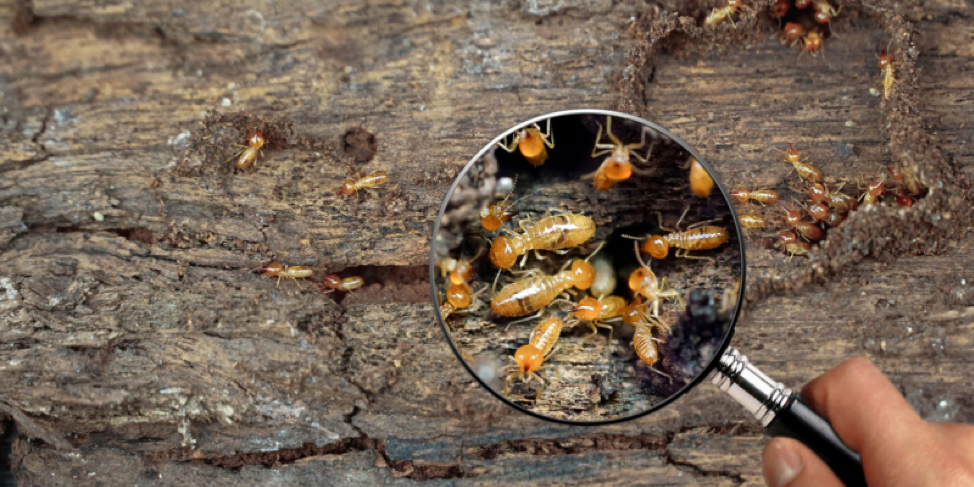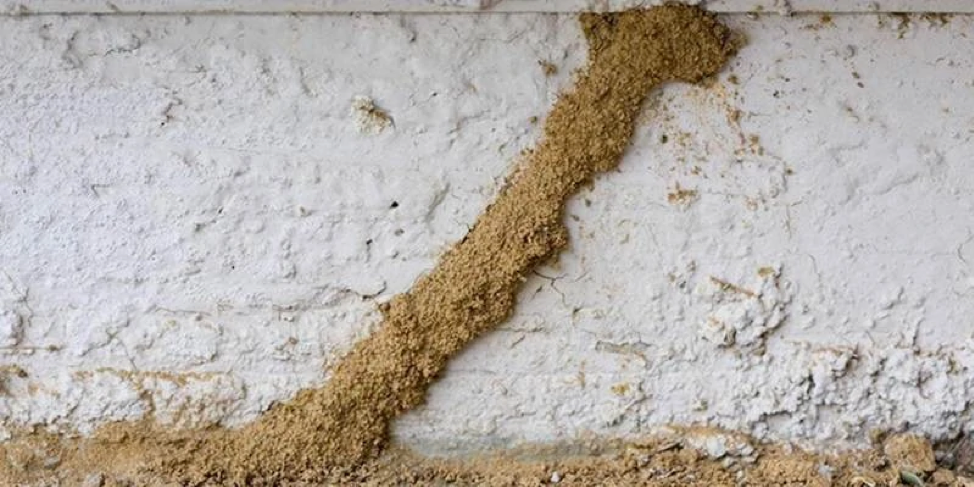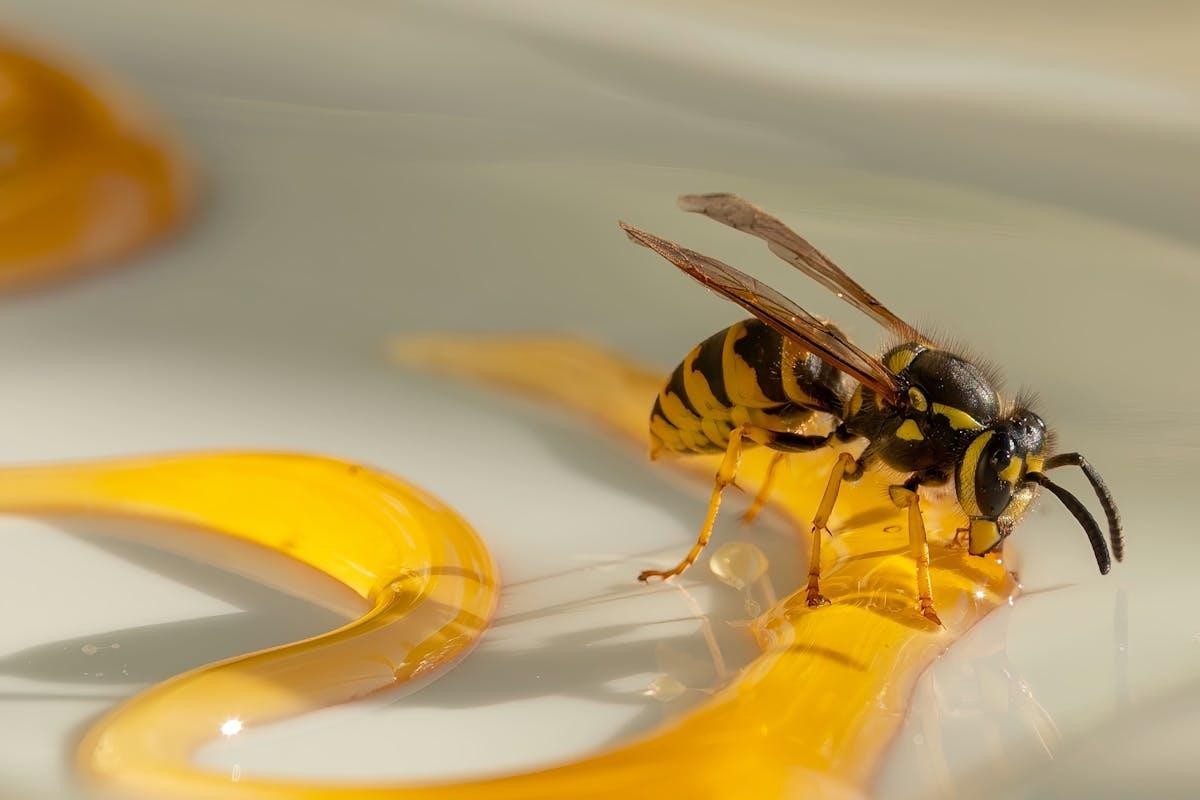If your walls could talk, they might be whispering, “We’re being eaten alive!”
Those weird hollow thuds or faint cracks in your paint may appear harmless, but they could be outright signs of termite infestation. The frightening aspect? Termites are so insidious that you tend only to know they were there when the damage has already made significant progress. Fortunately, knowing what to observe is half the fight.
Meanwhile, NH Pest Control stands ready to intervene with low-key, useful expertise, no high-pressure pitch, simply the right guidance at the right moment. We provide inspections that enable you to distinguish between innocent idiosyncrasies and diagnostic termite warning signs.
As per IBISWorld’s Canada Pest Control Industry Report, the Canadian pest control industry is expected to increase to $2.8 billion by 2025. The statistic indicates increased homeowners’ awareness of the dangers of pests like termites and an increased need for professional pest control services in the country.
So don’t get discouraged now! Continue to read the entire blog to discover easy tips for observing termite activity, interpreting what you see, and deciding when to call a professional. Be cautious, your home’s safety (and your bank account) will appreciate it in the long run!
Why Termites are a Growing Problem in Canada

Termites haven’t historically been a major worry for Canadians. Cold winters were thought to inhibit infestations. That is no longer true, though. Milder winters and wetter springs, environments in which termites flourish, are driving increased termite activity in Canada.
Major contributing elements:
- Climate Change: Warmer average temperatures are extending the active season for termites.
- Urban Development: As cities expand into wooded or moist land, termites migrate into homes.
- Aging Housing Stock: Many homes in Canada are 30+ years old, built with untreated wood.
According to Statista (2025), between 2023 and 2024, termite-related damages caused a 12% increase in residential pest control service calls across Canada.
Due to a mix of urban density and climate circumstances, provinces such as Ontario, British Columbia, and Nova Scotia are more exposed. Termite infestation is increasing quickly in cities like Vancouver and Toronto, where many houses have wooden understructures and wet cellars.
Types of Termites Found in Canada
Although Canada lacks the same termite diversity as tropical areas, a few aggressive species are enough to inflict considerable damage.
Type | Region | Behaviour |
Eastern Subterranean | Ontario, Quebec | Builds large underground colonies. Feeds on wooden structures by entering through foundation cracks. |
Western Subterranean | British Columbia | Prefers moist soil, invades homes through leaks and cracks in concrete. |
Drywood Termites | Rare, mostly indoors | Live entirely inside dry wood. It can be found in furniture or attic beams. |
Particularly when infestations go unreported, these termites can be rather damaging. Basements, crawlspaces, and foundation walls are the entrance points for subterranean termites as they need water and contact with soil.
Early Warning Signs of Termites
Most termite invasions begin silently and grow over time. Termites may have already damaged your house by the time you see physical indicators. These are the main early warning signs of termites you must never disregard:
1. Mud Tubes
Termite highways constructed to shield them from light and dry air are called mud tubes. Found inside crawlspaces, along concrete foundations, or walls, these pencil-sized tubes often link the soil to a wood food supply.
2. Tossed wings
Having located a new nesting location, swarmer (reproductive termites) shed their wings. Particularly in spring, you could find wings close to window sills, doors, or vents. If you witness these, chances are a colony has already started to develop inside your house.
3. Wall-clicking sounds
Worker termites are hungry eaters. Particularly at night, when the home is still, you could hear quiet clicking, tapping, or rustling noises in the walls.
4. Termite Droppings (Frass)
Frass has the appearance of minute granules, sometimes mistaken for coffee grounds or sawdust. Usually seen beneath infected beams or windowsills, it’s a good indicator of drywood termite activity.
5. Tight-fitting doors and windows
The shape of wood can be warped when termites devour it. A frequent but usually ignored indicator of this is doors and windows sticking or shifting.
Signs of Termite Damage in Wood and Ceilings

These are among the most obvious early-stage signs of termites in the ceiling and wood:
Signs of Termite Damage in Wood:
Surface bites come from termites. Working from the inside out, termites make damage challenging to notice. Some of the typical indicators are:
- Wood that breaks easily or breaks apart when pushed
- Bubbling paint or wallpaper that closely resembles dampness damage
- Grooves, pinholes, or tunnels visible on beams or furniture
- Creaky boards or warped floorboards that were not squeaky previously
If your house is fitted with hardwood flooring or timber framing, carry out periodical checks with the aid of a flashlight and a flathead screwdriver. Gently push down on suspected areas to check for soft spots.
Initial indications of termites in the ceiling:
Because termites are attracted to heat and moisture, they frequently travel upward through walls into ceilings. Indicators consist of:
- Panels for ceilings collapsing or buckling
- Hairline cracks or mild faults in plaster or drywall
- Mysterious water marks or discoloration unrelated to leaks
- Corner or ceiling light fixture, frass accumulation
Check roof rafters and wooden trusses for hollow noises and frass buildup in dwellings with attics.
How to Check for Termites in Your House
A simple inspection checklist can help you identify the problem early:
Step-by-Step Home Check:
Exterior Inspection
- Walk around the foundation of your home.
- Search for mud tubes at the base, particularly around areas with mulch, plants, or water running off.
Inspect Basements and Crawlspaces
- Termites prefer dark, moist conditions.
- Use a moisture meter to detect wet spots in wood.
Tap and Listen
- Gently tap on wood beams and floors.
- A papery or hollow sound may suggest tunnels inside.
Attic and Ceiling Inspections
- Inspect joists and corners with a good flashlight.
- Examine for frass, soft areas, and sagging drywall.
Furniture Inspection
- Shift and examine wooden furniture from below.
- Be especially cautious with antiques or foreign furniture.
Utilize Termite Monitors
- Bait stations or monitors in your basement or yard for early detection.
When is the Termite Season in Canada?
The Canadian termite season normally starts in April and lasts throughout September, depending on your location.
Seasonal Activity Breakdown:
- Spring (April–June): Swarming season. Reproductives look for new nesting sites.
- Summer, June–August: The colonies are aggressively feeding and growing.
- Fall (September): Activity slows, but could continue in warm indoor environments.
- October to March: Subterranean termites may live inside yet hibernate outside.
Indoor colonies, especially drywood termites in heated houses, might remain active throughout. Warm inside and leaking basements in cities like Toronto or Vancouver might let termites flourish even in winter.
Termite Presence Inspection Methods [DIY versus Professional]
It might be frustrating to conduct your termite check on your home, there is a big distinction between a DIY inspection and a professional termite inspection. Every strategy has its strengths and weaknesses; choosing the best one depends on the risk level of your home, its condition, and its location.
Inspection Type | Pros | Cons |
DIY Termite Inspection | – Cost-free – Helps monitor known problem areas | – Easy to miss hidden or internal damage – Cannot confirm if the damage is active or inactive – Lacks access to tools like moisture meters or thermal cameras |
Professional Inspection | – Uses specialized tools like thermal imaging, borescopes, and moisture sensors – Provides a clear diagnosis of termite species and severity – Helps plan effective pest control and repair solutions | – Typically costs between $150–$350 – Requires scheduling with a licensed professional |
Recommendation: If you have a termite suspicion or live in a high-risk zone, an expert inspection is always the most precise and trustworthy option.
Cost in Canada: The cost for termite inspection is based on house size and location.
Recommended frequency:
- 12–24 months in high-risk areas
- Before the purchase or sale of property
Conclusion
Identifying the signs of termites early can protect your property from expensive structural damage. Whether you reside in a termite-infested region of Canada or simply want to have peace of mind, regular checks and professional inspections are your best protection.
If you observe suspicious indications, frass, mud tubes, or sagging ceilings, don’t delay. Contact a licensed pest control service immediately.
Don’t let termites destroy your home from the inside out
Frequently Asked Questions
What are the warning signs of termites in a house?
You must be aware of some of the termite infestation signs, especially if you live in Canada. The signs include: Mud tubes, shed wings, frass, hollow wood, and snug-fitting windows or doors are all important signs.
How do I inspect for termites in my attic or ceiling?
You must look for cracks, sagging drywall, or dust around light fixtures. Tap wood beams for hollowness.
What do termite droppings appear as?
Frass appears as small, dry pellets, much like sawdust or pepper, and typically accumulates around wood sources.
Can I look for termite damage in wooden furniture or floors?
Yes, Furniture can have grooves or pinhead-sized holes, while floors can creak, sag, or become warped.
Are termites a big deal in Canada?
Yes, Ontario, B.C., and Nova Scotia are seeing more regular infestations, so termites are a big deal in Canada.
What termite species exist in Canada?
Mainly Eastern and Western Subterranean termites. Drywood termites occur infrequently but can be found inside.
When is termite activity most prevalent in Canadian environments?
The termite season mostly starts from April to September, with spring peak swarming and summer peak feeding.
What are the differences between carpenter ants and termites?
Termites have straight antennae and equal-length bodies. Carpenter ants have segmented bodies and don’t consume wood; instead, they excavate it.
How do I determine active vs. old termite damage?
You can identify the termites by noticing living termites, damp mud tubes, or recent frass that indicates current damage. Dry tubes or brittle wood could be a previous infestation.
Is it necessary to call a professional if I notice termite signs?
Yes, a professional inspector can verify the infestation, severity, and suggest proper treatment.






